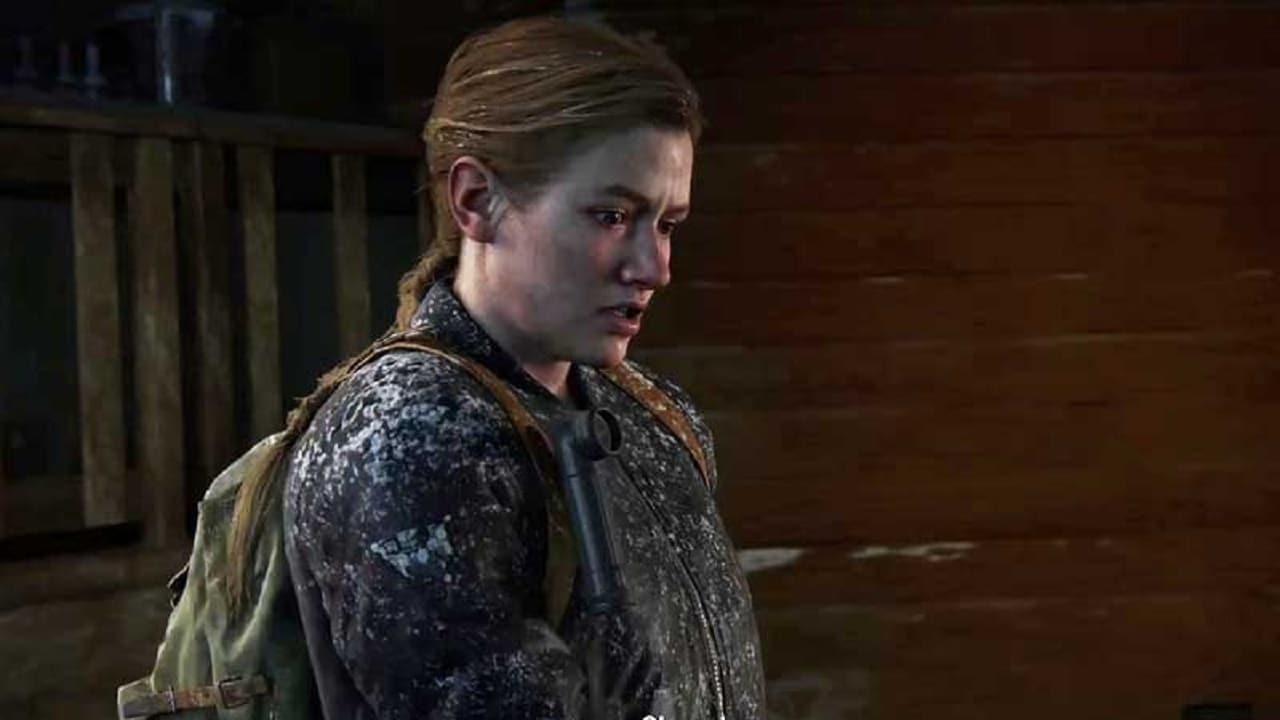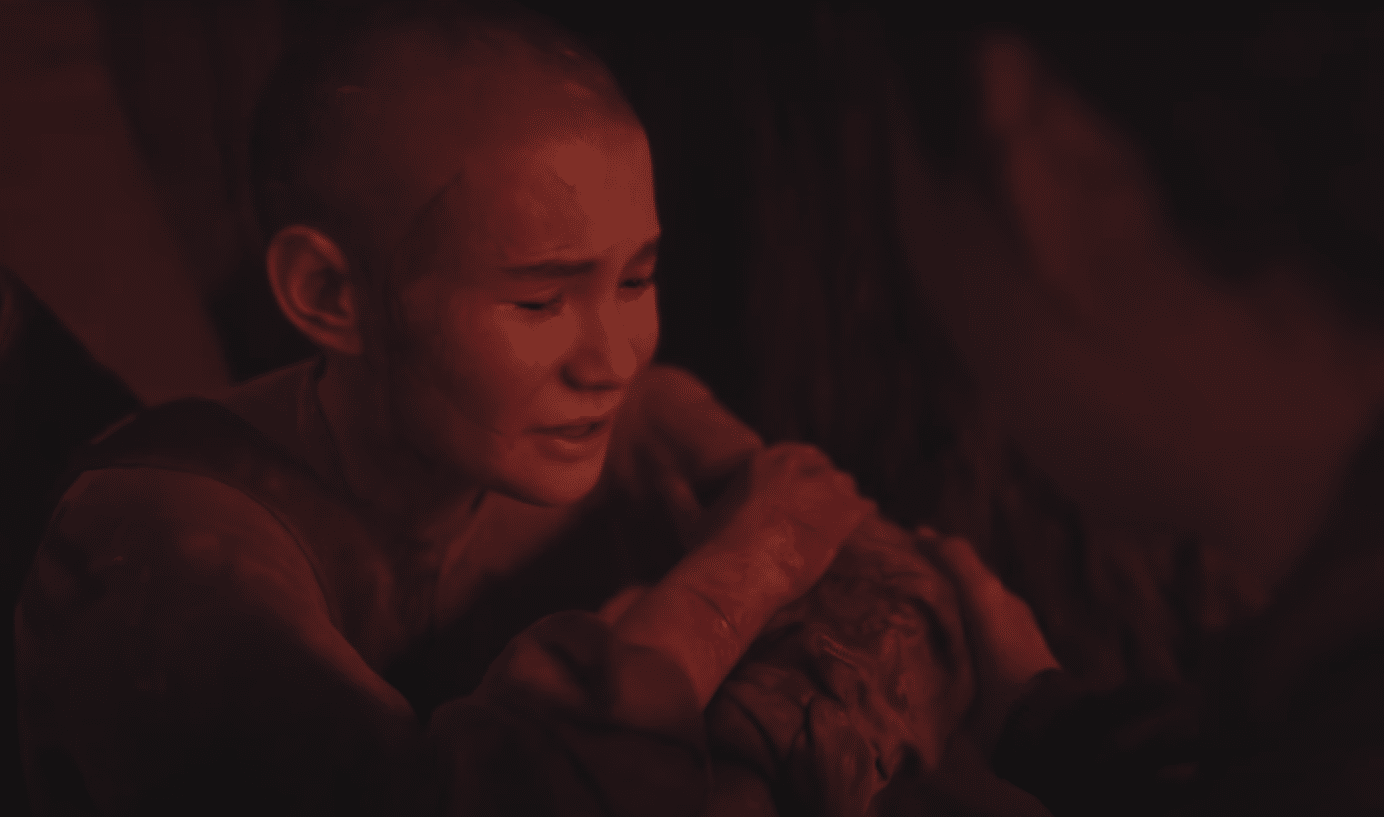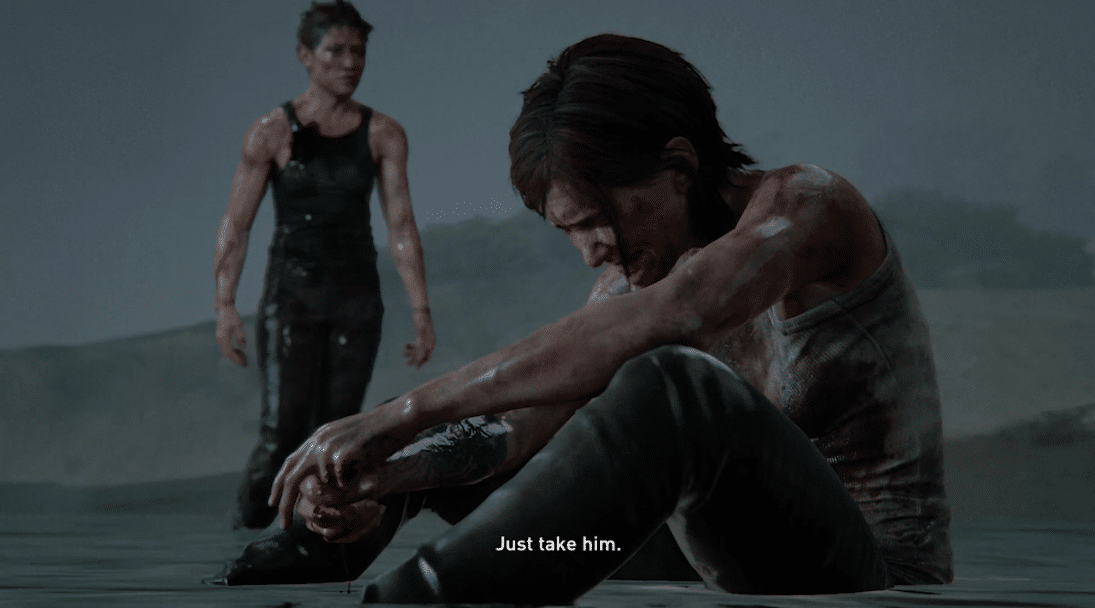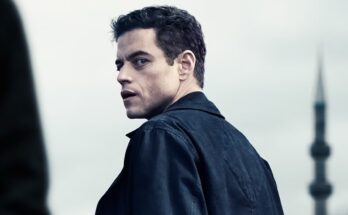Want to hear more from the actors and creators of your favorite shows and films? Subscribe to The Cinema Spot on YouTube for all of our upcoming interviews!
Hafa Adai! My name is Lauren G and I'm the girl of your dreams. I watch way too many horror films and I'm obsessed with old black and white movies. You can find me at your local movie theater!
PlayStation and Naughty Dog’s groundbreaking post-apocalyptic video game The Last of Us Part II has been met with critical acclaim and mixed reactions from its fans this past summer, but overall, it succeeds as a compelling narrative about father-daughter relationships with themes of human representation as well as a foretold warning about the dangers of 21st-century natural disasters, specifically pandemics. The franchise follows main characters Joel (Troy Baker) and Ellie (Ashley Johnson) as they navigate their way into a perfect life amongst the chaotic dystopian societies active in North America. For the sake of this article, we shall discuss the second game, which has proved controversial since its release.
The game begins roughly about four years after the first game. Ellie and Joel have now built a life in Jackson with Joel’s brother Tommy (Jeffrey Pierce). It is beautiful to see the pair finally living in a “normal” community, especially after everything they’ve been through. However, it does not take long for players to realize that Joel and Ellie are far from happy. We learn that Ellie has transformed into a rough and tough young adult: she has tattoos on her arms, a new haircut, and has her guard up 24/7. The viewer gets a glimpse of life in Jackson as we are introduced to Ellie and Joel’s normal routine of patrolling the land to help keep out infected as well as human outsiders that pose as threats.
This is where gameplay gets fascinating as players control a character that isn’t Joel or Ellie. The new girl in town is named Abigail “Abby” Anderson (Laura Bailey) and players have no clue as to who she is. Players start off on the mountain overlooking Jackson and it seems as if Abby is trying her best to get down there. As she makes her way through the freezing snow, she finally meets the infamous Joel and Tommy, who help save her life from thousands of infected chasing the trio.
At this point, the story takes a turn for the worst. Joel, Tommy, and Abby make their way to a safehouse in the mountains where they are met by Abby’s friends. They attack Joel and Tommy, and players can tell that everything about this situation is far from ideal. Ellie makes her way through the mountain now as she is alerted that Joel and Tommy never returned from patrol. She finds the same safehouse, where she hears Joel screaming for his life. Ellie finds him beaten to a pulp where she, of course, tries to intervene, but Abby’s friends hold her to the ground as she witnesses what no one in the world should: Abby, holding a golf club in her hands, lays the final blow to Joel’s head.
What just happened?? From here, we break down the rest of the plot in terms of a few of its themes: LGBTQ+ representation, use of backstory, and the long-term effects of holding grudges.
The Last of Us Part II breaks gaming barriers as it examines the LGBTQ+ community through its unique and distinguished characters. Ellie has no romantic interest in the masculine figures that surround her. She falls for Jewish girl Dina (Shannon Woodward), who is also a member of the Jackson community. Dina is a major character in that she follows Ellie in her personal journey of finding Abby and her friends to get to the bottom of Joel’s murder. Ellie and Dina’s relationship blossoms as Ellie discovers how much she actually loves Dina and does everything to protect her. Players soon discover that Dina is pregnant with her ex-boyfriend Jesse’s (Stephen Chang) baby. After his relationship with Dina didn’t quite work, Jesse accepts her newfound love for Ellie, and similarly, players also find out later in the story that Joel actually gave his blessing and found absolutely no fault in Ellie’s choice of sexual orientation. Another important LGBTQ+ character is Lev (Ian Alexander), formerly Lily. Abby comes in contact with religious cult members known as Seraphites who are the main enemies of Abby’s community — the Washington Liberation Front). Abby’s story involves her run-in with former Seraphite members Yara (Victoria Grace) and her younger brother Lev, who are on the run from their religious cult after Lev’s transformation. The Seraphites’ cruel aim is to persecute Lev for defying nature, that his decision was not fated for him to make.
Another aspect of the game that makes The Last of Us Part II even more impactful is the strong similarities between Ellie and Abby. In the first game, Ellie is taken under Joel’s wing as they make their way across America to deliver Ellie to the Fireflies at a known hospital. The Fireflies claim they can create a vaccine, but only at the expense of Ellie’s life, after learning of her immunity to the Cordyceps fungus in the atmosphere and in the environment. At the girl’s operating table, Joel kills a small group of Firefly surgeons, one of whom is the father of Abby. At the operating room where they planned to do the procedure that would kill Ellie, Joel makes the ultimate decision and kills a small group of Firefly surgeons, one of whom is the father of Abby (and the only parent she had). This is where we learn why Abby did what she did. Throughout the story of Part II, we learn that both girls are extremely close to their fathers. They both have a “save the world” hero complex as well as break the traditional norms of young girls in that they are able to stay so strong and resilient in the midst of a pandemic/their worlds crashing down on them.
Due to the events of the previous game and these same events transferring over into the sequel, Part II introduces a third theme, dealing with the vicious cycle of revenge and eventual albeit difficult change of heart. Throughout the story, Ellie and Abby hunt each other down and are always watching their backs for imminent trouble. Sometimes they cross paths with strangers and other times they will encounter a familiar face that they are either fleeing from or chasing after. Jesse is killed by Abby, but not before her close friends are killed mostly by Tommy in his revenge for the group brutally murdering his brother Joel. Yara is sacrificed by the WLF in attempts to save her brother and Abby from danger. When Abby’s former lover Owen (Patrick Fugit) and his pregnant girlfriend Mel (Ashly Burch) are killed by Ellie, Abby follows her to her hideout, putting Dina’s life (as well as her unborn child’s life) at risk. In the end, as their stories continue to clash, both women learn that the violence upon one other is not worth it and that they are each imperfect — and that is what makes them human.
What makes Ellie and Abby difficult as characters are the consequences of their quest for revenge. Ellie has Dina tagging along and subjects her to the hardships of the pandemic. When they try to move on, living in their house with Dina and Jesse’s newborn son away from the world, Ellie persists in getting her revenge. She returns, only to find Dina and her child gone and the home empty. Additionally, Ellie has post-traumatic stress from having seen Joel die and this takes a detrimental effect on her daily life. Similarly, Abby pushes her friends aside at the cost of tracking down Ellie and Tommy, and the already well-established WLF community loses a vital group of members to the hands of outsiders. After the death of her father, Abby could have had a life with her former lover Owen, but her mission for revenge has him, Mel, and their unborn child killed.
The Last of Us Part II is a powerful story greatly told in a narrative not usually seen in video game format, revealing that the world at large continues to be purely diverse in race and sex and that change cannot be forced upon us, that this must come naturally. We all get to consciously make — and commit to — choices that aid in our growth and development, but first we need to ruminate on the consequences of our actions as we never know who could be affected. When Ellie and Abby fail to do this, their loved ones are placed in harm’s way. However, in no way does this make them bad people. Creative director Neil Druckmann and his team have defended Part II from harsh criticism, and they very much have a right to do so. They remind us that toxicity is still all around us, and it’s going to take some time before this can ever diminish.
With a television adaptation series in the works at HBO and Craig Mazin (Scary Movie 3, 4, Superhero Movie, The Hangover Part II, III, and Emmy Award-winning Chernobyl) serving as writer and executive producer, it’s safe to say that The Last of Us is in great hands. We could not have picked a better time than during this ongoing coronavirus pandemic to learn about the many ways in which this fictional tale of human evil and mutated evil relates to our current situations.
Hafa Adai! My name is Lauren G and I'm the girl of your dreams. I watch way too many horror films and I'm obsessed with old black and white movies. You can find me at your local movie theater!







14 Comments on “Take On Me – ‘The Last Of Us Part II’ Tackling Modern-Day Themes”